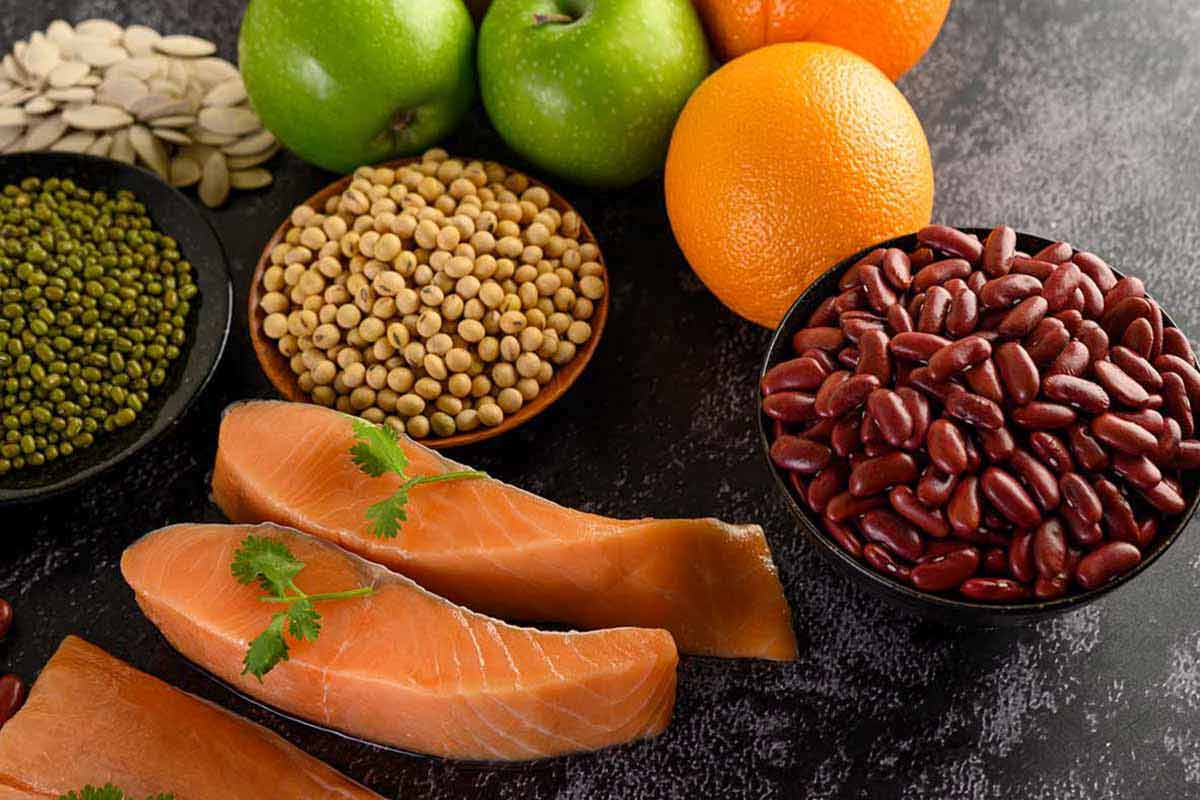Blog, Nutrition Information
Getting the Most from Your Protein: A Look at Protein Bioavailability
In this blog, we will explore the concept of protein bioavailability and its importance in maximizing the benefits of protein intake. From understanding the factors affecting bioavailability to identifying high-bioavailability protein sources, we will provide valuable insights to help you optimize protein absorption for enhanced results.
Understanding Protein Bioavailability
Protein bioavailability refers to the proportion of ingested protein that the body can effectively use. It is influenced by factors such as protein source, quality, and the body’s ability to digest and absorb the protein.
Factors Affecting Protein Bioavailability
Protein Source and Quality
Different protein sources have varying degrees of bioavailability. Animal-based proteins, such as whey protein, egg protein, pea protein isolate and fish, are generally highly bioavailable due to their excellent amino acid profile and digestibility.
Digestibility and Absorption
Protein bioavailability is also influenced by the digestibility and absorption rate of the protein. Proteins that are easily digested and absorbed by the body, providing a complete range of essential amino acids, tend to have higher bioavailability. Factors such as processing techniques and cooking methods can affect the digestibility of protein sources.
High-Bioavailability Protein Sources
Whey Protein
Whey protein derived from milk, is widely recognized for its high bioavailability. It contains all essential amino acids, including a high concentration of branched-chain amino acids (BCAAs), which are quickly absorbed by the body. Whey protein is also easily digested, making it an excellent choice for post-workout recovery and muscle protein synthesis.
Egg Protein
Egg protein is considered a gold standard in protein quality and bioavailability. It contains a complete amino acid profile and is highly digestible. The protein in eggs is efficiently utilized by the body, making it a valuable protein source for promoting muscle growth and repair.
Pea Protein Isolate
Pea Protein Isolate is an ultrarefined pea protein. It has a bioavailability of 0.928 out of 1 which is quite high! It also has all the essential amino acids making it the perfect choice for athletes.
Fish and Seafood
Fish and seafood are excellent sources of high-quality protein with good bioavailability. They provide essential amino acids, omega-3 fatty acids, and other beneficial nutrients. The protein in fish and seafood is readily digested and absorbed, making them valuable options for overall health and muscle support.
Enhancing Protein Bioavailability
Pairing Proteins with Carbohydrates
Pairing proteins with carbohydrates can enhance protein bioavailability. Carbohydrates stimulate insulin release, which aids in the uptake of amino acids by muscle cells. Consuming a balanced meal that includes both protein and carbohydrates can optimize protein absorption and utilization.
Cooking and Processing Techniques
The cooking and processing methods used on protein sources can impact their bioavailability. Techniques such as cooking, heating, and enzymatic treatment can improve the digestibility and bioavailability of proteins. However, excessive heat and prolonged cooking can reduce protein quality and bioavailability.
Digestive Health and Enzyme Support
Maintaining a healthy digestive system is crucial for optimal protein bioavailability. Good gut health and proper enzyme function facilitate the breakdown and absorption of proteins. Probiotics, digestive enzymes, and a balanced diet rich in fiber can support digestion and improve protein utilization.
Individual Considerations for Protein Absorption
Age and Metabolism
Age and metabolic rate can affect protein absorption and utilization. Older adults may experience reduced protein absorption efficiency, requiring higher protein intake or supplementation to meet their needs. Individuals with faster metabolism may also require increased protein intake to support their higher energy expenditure.
Dietary Restrictions and Sensitivities
Individuals with dietary restrictions or sensitivities, such as lactose intolerance or allergies to certain protein sources, may need to explore alternative protein options that are suitable for their specific needs. Plant-based protein sources can be valuable alternatives for those with dietary restrictions or following a vegetarian or vegan lifestyle.
Timing and Distribution of Protein Intake
Optimizing protein bioavailability may involve considering the timing and distribution of protein intake. Spreading protein consumption throughout the day and including protein-rich meals or snacks before and after workouts can help maximize protein utilization and muscle protein synthesis.
Conclusion
In conclusion, protein bioavailability plays a crucial role in optimizing the benefits of protein consumption. Factors such as protein source, quality, digestion, and absorption all contribute to the overall bioavailability of the protein. Choosing high-bioavailability protein sources like whey protein, egg protein, pea protein isolate and fish can enhance protein absorption and utilization. Additionally, considering factors such as pairing proteins with carbohydrates, utilizing appropriate cooking and processing techniques, and supporting digestive health can further optimize protein bioavailability. Individual considerations such as age, metabolism, dietary restrictions, and timing of protein intake should also be taken into account for personalized protein optimization. By understanding protein bioavailability and implementing strategies to maximize protein absorption, you can get the most from your protein intake and support your overall health and fitness goals.

